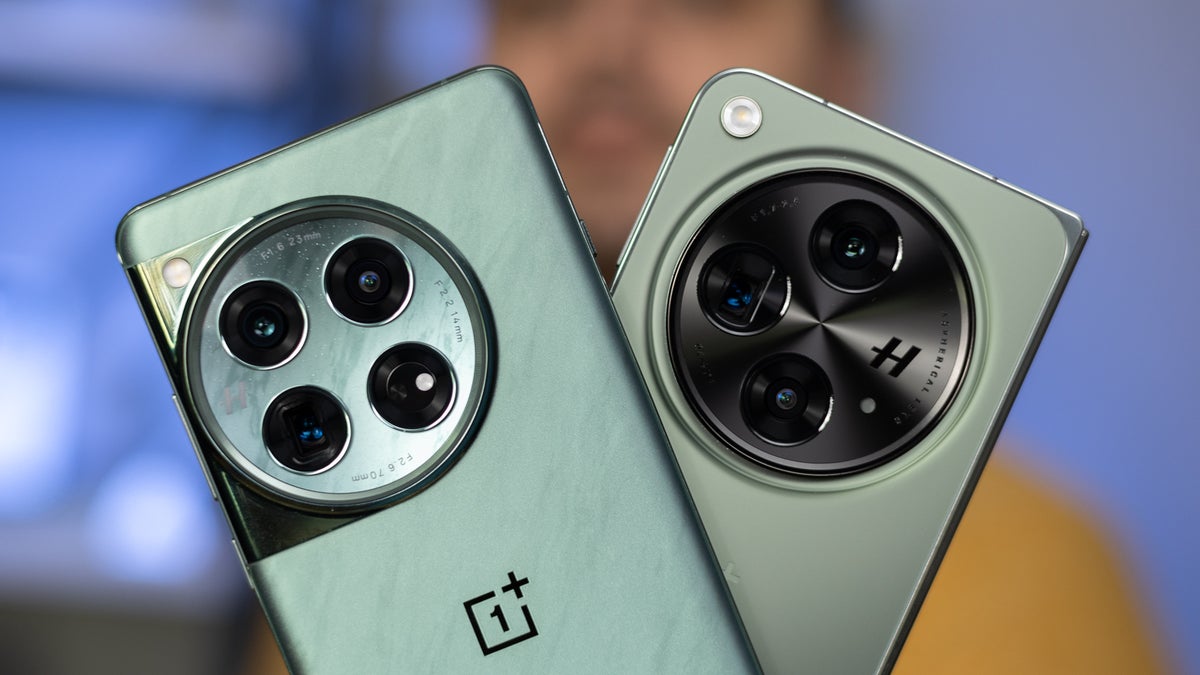I’ve been an iPhone user for years, but recently I decided to switch over to Android and was left completely thrilled. I always thought the iPhone’s appeal was in its simplicity, and the “it just works” reputation Apple has leaned on for so long.
However, using Android day-to-day made me realize how many basic features are missing on iOS, the kind of things that have been around for ages. What surprised me most was that I never noticed these obvious gaps until I had a chance to experience them on another device. And once you do, it becomes hard to accept that Apple still hasn’t caught up in these areas.
Better volume control
My music screams, but my ringtone doesn’t
I was honestly surprised to find that iPhones still don’t offer something this simple. After switching to Android, I quickly realized how frustrating the iOS volume setup really is. On Android, adjusting the volume isn’t a one-size-fits-all thing; you can tweak media, notifications, ringer, system sounds, and more individually. This has been a game-changer for me since I prefer keeping my ringer and media volume maxed out, while muting notifications so they don’t constantly buzz and interrupt me.
On iOS, the side buttons default to controlling media volume, while the ringer volume has to be adjusted separately through the Settings app. There’s an option to let the buttons control the ringer too, but it works in a strange way. If any media is playing, the buttons change the volume, and if not, they change the ringer. It’s an oddly convoluted setup for something that could be solved so much more cleanly with a simple volume menu, like Android has.
Universal back button
Back… to where, exactly?
This is one of those things that I expected Apple to get right, considering how apps are much better on iOS than on Android, but it was the complete opposite.
On Android, no matter where you are or what app you’re using, you can always hit back or use the gesture to return to the previous screen. It’s consistent and works across the entire system. On iOS, though, there’s no true universal back option or gesture. You’re often stuck relying on in-app navigation, which can be either swiping from the edge of the screen or a back button that is tucked away in an awkward corner.
It makes something as simple as going back feel unnecessarily inconsistent when a single universal control would make the experience much smoother.
An actual clipboard
Copy the copy features
Another surprisingly basic feature that’s missing on iOS is a proper clipboard. On most Android keyboards, you can copy multiple items, access your clipboard history, and even pin frequently used snippets for quick access. There’s really no downside to having this.
On iOS, though, you’re limited to copying just one item at a time, with no way to see what you copied before. Overwrite something important, and it’s gone for good. You could try using a clipboard manager like Clip, but it requires sideloading the app, which isn’t exactly practical.
This is a feature that’s been around for decades, yet one of the world’s most popular operating systems still doesn’t have it.
A useful assistant (or the option to change it)
Hey Siri, switch to Gemini
I’ve already shared my disappointments with Apple Intelligence, and Siri has long lagged behind Google Assistant. Now, with Gemini emerging as a fully capable assistant, the gap has only grown.
The problem is Siri was never great to begin with, and over time, it seems to have gotten worse. These days, it sometimes refuses to do even basic tasks, like pausing music, claiming it can’t do that. This doesn’t make any sense to me. I used to be able to do this consistently, but since the Apple Intelligence rollout, it only works sometimes and fails at other times.
Honestly, I’ve lost faith in Apple’s plans for Siri, especially given the repeated delays. At this point, I think they should just give up and let us choose our default assistant. It would be refreshing to have a real choice, especially in one of the few areas where third-party options can clearly outperform Apple.
More multitasking features
More than one app at a time
Multitasking on iOS has always felt limited compared to what I can do on my Samsung phone. I can have two completely different apps open side by side, drag and drop content between them, and even run a third app in a floating window if I want. It’s a level of flexibility that makes it easy to, say, take notes while watching a video or reference a browser while drafting an email.
On an iPhone, the most you can realistically do is use picture-in-picture for videos or switch rapidly between apps, but that’s a far cry from true multitasking.
It just works… when Apple feels like it
In trying to keep things simple, Apple has ironically left out some of the most basic features that would actually make the iPhone easier to use. That’s what makes it so frustrating sometimes. I still think the iPhone is a great device, and it gets a lot of things right.
But there are so many small improvements that could take it to a whole other league. These aren’t difficult changes, yet Apple refuses to implement them, and that’s the sad reality.














